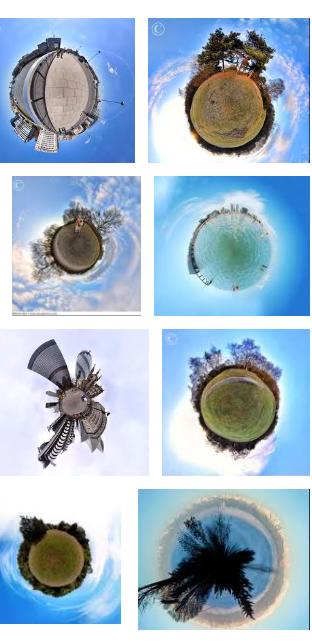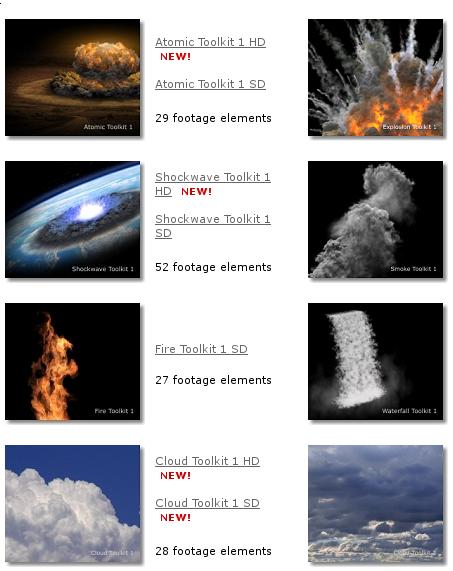BREAKING NEWS
LATEST POSTS
-
CASSINI MISSION
Somewhere, something incredible is waiting to be known.
The footage in this little film was captured by the hardworking men and women at NASA with the Cassini Imaging Science System. If you’re interested in learning more about Cassini and the on-going Cassini Solstice Mission, check it out at NASA’s website:
saturn.jpl.nasa.gov/science/index.cfm
-
-
SlowMoVideo – How to make a slow motion shot with the open source program
http://slowmovideo.granjow.net/
slowmoVideo is an OpenSource program that creates slow-motion videos from your footage.
Slow motion cinematography is the result of playing back frames for a longer duration than they were exposed. For example, if you expose 240 frames of film in one second, then play them back at 24 fps, the resulting movie is 10 times longer (slower) than the original filmed event….
Film cameras are relatively simple mechanical devices that allow you to crank up the speed to whatever rate the shutter and pull-down mechanism allow. Some film cameras can operate at 2,500 fps or higher (although film shot in these cameras often needs some readjustment in postproduction). Video, on the other hand, is always captured, recorded, and played back at a fixed rate, with a current limit around 60fps. This makes extreme slow motion effects harder to achieve (and less elegant) on video, because slowing down the video results in each frame held still on the screen for a long time, whereas with high-frame-rate film there are plenty of frames to fill the longer durations of time. On video, the slow motion effect is more like a slide show than smooth, continuous motion.
One obvious solution is to shoot film at high speed, then transfer it to video (a case where film still has a clear advantage, sorry George). Another possibility is to cross dissolve or blur from one frame to the next. This adds a smooth transition from one still frame to the next. The blur reduces the sharpness of the image, and compared to slowing down images shot at a high frame rate, this is somewhat of a cheat. However, there isn’t much you can do about it until video can be recorded at much higher rates. Of course, many film cameras can’t shoot at high frame rates either, so the whole super-slow-motion endeavor is somewhat specialized no matter what medium you are using. (There are some high speed digital cameras available now that allow you to capture lots of digital frames directly to your computer, so technology is starting to catch up with film. However, this feature isn’t going to appear in consumer camcorders any time soon.)
-
MeshLab unstructured 3D triangular meshes editor
MeshLab is an open source, portable, and extensible system for the processing and editing of unstructured 3D triangular meshes. The system is aimed to help the processing of the typical not-so-small unstructured models arising in 3D scanning, providing a set of tools for editing, cleaning, healing, inspecting, rendering and converting this kind of meshes.
http://meshlab.sourceforge.net/
-
Final Light explosions and fx database
FEATURED POSTS
-
AI and the Law – Copyright Traps for Large Language Models – This new tool can tell you whether AI has stolen your work
https://github.com/computationalprivacy/copyright-traps
Copyright traps (see Meeus et al. (ICML 2024)) are unique, synthetically generated sequences who have been included into the training dataset of CroissantLLM. This dataset allows for the evaluation of Membership Inference Attacks (MIAs) using CroissantLLM as target model, where the goal is to infer whether a certain trap sequence was either included in or excluded from the training data.
This dataset contains non-member (
label=0) and member (label=1) trap sequences, which have been generated using this code and by sampling text from LLaMA-2 7B while controlling for sequence length and perplexity. The dataset contains splits according toseq_len_{XX}_n_rep_{YY}where sequences ofXX={25,50,100}tokens are considered andYY={10, 100, 1000}number of repetitions for member sequences. Each dataset also contains the ‘perplexity bucket’ for each trap sequence, where the original paper showed that higher perplexity sequences tend to be more vulnerable.Note that for a fixed sequence length, and across various number of repetitions, each split contains the same set of non-member sequences (
n_rep=0). Also additional non-members generated in exactly the same way are provided here, which might be required for some MIA methodologies making additional assumptions for the attacker.









